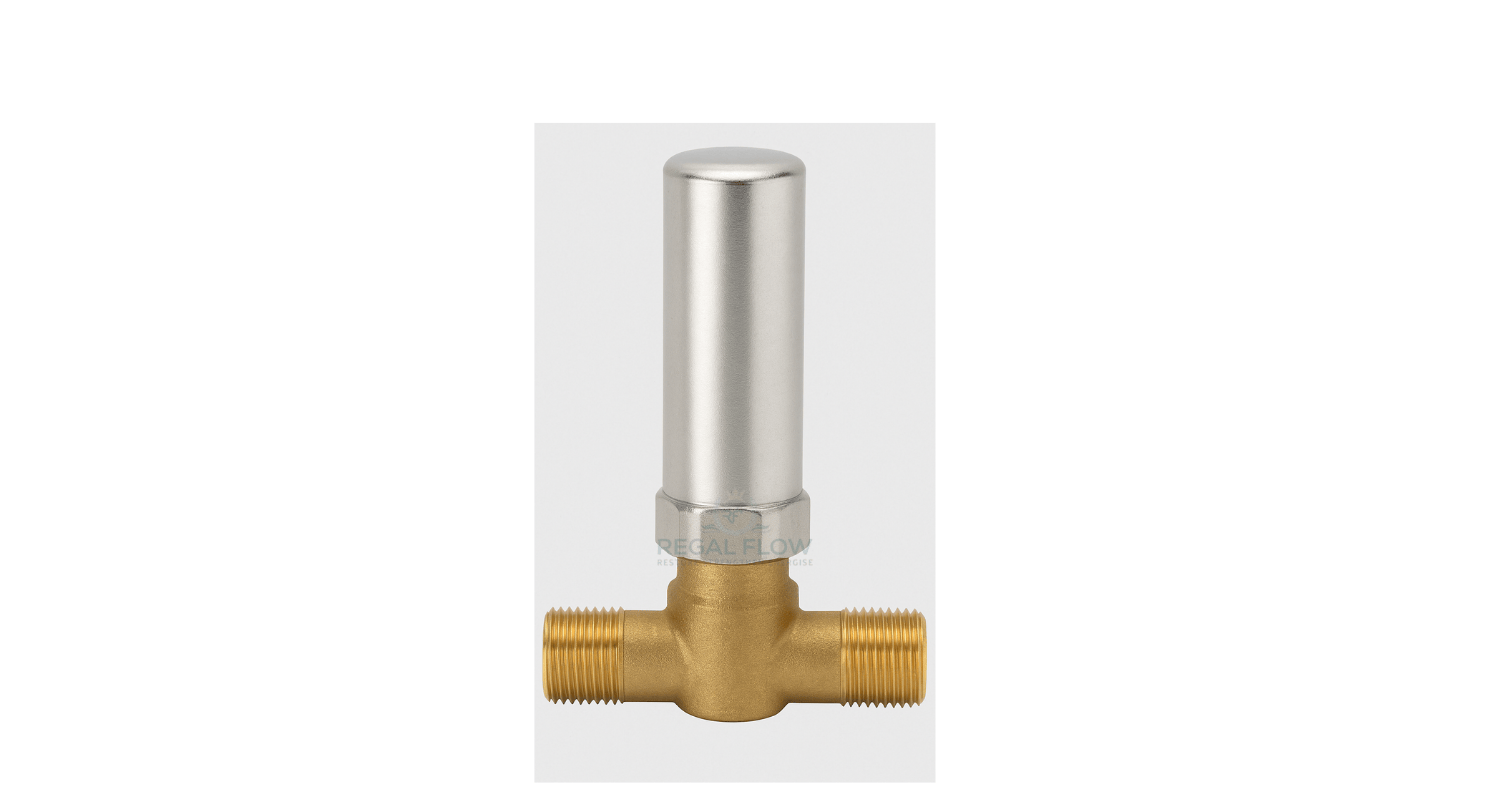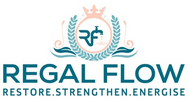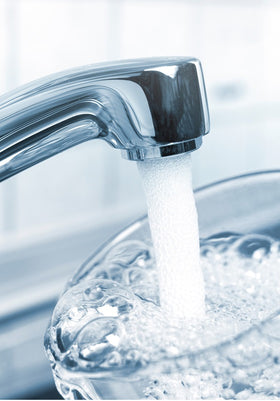
Understanding Reverse Osmosis Water Hammer: Causes and Solutions
Ever heard your reverse osmosis (RO) system making a strange "bang!"? That’s water hammer—essentially a pressure tantrum! Whether you’ve got a countertop dispenser or a full RO setup, it can mess with your system. In Reverse Osmosis: Specialised Topics and Advanced Insights, we explore what causes this pesky problem and how to fix it before your equipment goes rogue!
What is Water Hammer and Why Does it Occur?
Water hammer is a term that describes the loud banging noise that comes from your pipes when water flow is suddenly stopped. This typically happens when a valve closes too quickly. The rapid change in pressure creates a shockwave that travels through the plumbing, causing the pipes to vibrate and make that familiar banging sound. But water hammer isn’t just an annoying noise—it can cause damage to your plumbing system and RO equipment.
The Physics of Sudden Valve Closure
Imagine this: Water flows freely through your pipes, everything moving smoothly, until a valve closes in an instant. When this happens, the momentum of the water doesn’t just stop. Instead, it creates a shockwave, kind of like a mini-earthquake in your pipes. The force of the water trying to keep moving slams against the pipes, causing the noisy "bang" we associate with water hammer.
Pressure Waves in Plumbing Systems
These shockwaves travel through your plumbing, putting stress on the entire system. The pressure can cause pipes to vibrate, and over time, that repeated stress can lead to cracks, leaks, or even burst pipes. The pressure wave doesn't just disappear; it can wreak havoc if left unchecked.
How Reverse Osmosis Systems Can Contribute to Water Hammer
So why does water hammer seem to be such a common issue in reverse osmosis systems? The simple answer lies in the way these systems are designed. RO units rely on pumps, valves, and small-diameter tubing, all of which can contribute to the sudden pressure changes that lead to water hammer.
Rapid Shut-Off Valves in RO Units
In an RO system, valves close quickly to control the water flow. While this is great for efficiency, it’s also a prime cause of water hammer. When these fast-closing valves suddenly stop the water flow, the pressure surge follows, and that’s when the "bang!" happens.
Small Diameter Tubing and Flow Restriction
RO systems often use narrow pipes or tubing. When the water is forced through these smaller pipes, it creates more resistance. This restriction increases the speed at which water is moving, and when the valve closes quickly, the sudden change in flow creates a stronger shockwave that leads to more intense water hammer.
Identifying Symptoms of Water Hammer in Your RO System
If you’re hearing strange noises or feeling vibrations in your plumbing, you might be dealing with water hammer. Catching it early means you can take action before serious damage occurs.
Loud Banging or Knocking Noises
The most obvious symptom of water hammer is the loud banging or knocking sound. You’ll likely hear it when a valve closes suddenly or when water flow is interrupted. This noise is the pressure wave travelling through the pipes and bouncing off the walls, which can cause long-term wear and tear on your system.
Vibrating Pipes
Another clue that you’re dealing with water hammer is when your pipes start vibrating. These vibrations are the result of the shockwaves moving through the system. If you place your hand on the pipes during one of these episodes, you might actually feel them shaking.
Potential Damage to Plumbing and Appliances
If you ignore the problem, it could lead to damage. The constant pressure from water hammer can crack pipes, loosen fittings, and wear down your reverse osmosis system’s components. Over time, this might even lead to expensive repairs or system replacements.
Methods to Prevent or Reduce Water Hammer in RO Systems
Don’t worry, though! There are plenty of ways to reduce or even eliminate water hammer in your RO system. Let’s go over some of the most effective solutions.
Installing Water Hammer Arrestors
One of the most effective solutions is installing water hammer arrestors. These devices act like shock absorbers for your plumbing. They’re designed to absorb the shockwaves created by sudden changes in water flow, helping to reduce noise and prevent damage to your system.
Using Slow-Closing Valves
You can also switch to slow-closing valves, which gradually reduce the water flow rather than stopping it suddenly. This change can make a huge difference in reducing the pressure surge that causes water hammer. It’s a simple fix that can save you a lot of hassle in the long run.
Securing Water Pipes
Loose pipes can amplify the effects of water hammer. If your pipes are not properly secured, they’ll vibrate more when the pressure wave passes through them. Ensuring your pipes are tightly fastened and supported can reduce the noise and movement caused by water hammer.
Adjusting Water Pressure
Another effective method is to adjust the water pressure coming into your RO system. Lowering the pressure can reduce the severity of water hammer because it reduces the force behind the water flow. You can use pressure regulators to keep things under control and prevent the issue from escalating.
Troubleshooting Existing Water Hammer Issues with Your RO System
Already hearing the dreaded banging noise? Here’s how you can troubleshoot and fix the problem.
Checking Valve Operation
Start by inspecting the valves in your system. Are they closing too quickly? Fast-closing valves are one of the main culprits when it comes to water hammer. If you find any valves that are too aggressive in their closing, consider replacing them with slow-closing alternatives.
Inspecting for Loose Pipes
Next, check your pipes for any looseness or signs of vibration. Loose pipes can make the problem worse by rattling when water hammer occurs. Use pipe brackets or clamps to secure them firmly in place, preventing unwanted movement and noise.
Conclusion: Managing Water Hammer for a Quieter and Safer RO System
Water hammer may seem like just an annoying sound, but it can cause serious damage to your reverse osmosis system and plumbing if left unchecked. By understanding the causes and symptoms of water hammer, you can take simple steps to prevent it. Installing water hammer arrestors, switching to slow-closing valves, securing pipes, and adjusting water pressure can all make a significant difference. Regular checks and maintenance will help keep your RO system running smoothly and quietly for years to come. Don’t let water hammer knock the life out of your system—take control before it takes its toll!
More Reverse Osmosis info we think you'll love
Reverse Osmosis Filter Replacement Service
Reverse Osmosis Power Consumption
Reverse Osmosis System Connections
Reverse Osmosis System Water Quality
When to Change Reverse Osmosis Filters
Reverse Osmosis Countertop System
Tankless Reverse Osmosis System
Reverse Osmosis Water Filter for Aquarium
Can Reverse Osmosis Remove Bacteria?
How to Fix Low Water Pressure in a Reverse Osmosis System
How to Remove Air from a Reverse Osmosis System



Leave a comment